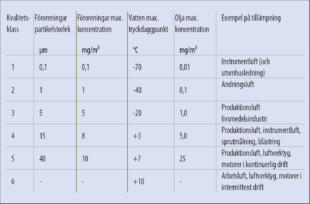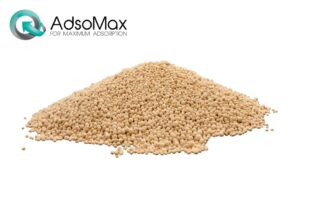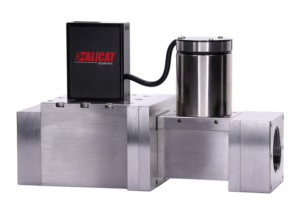All luft innehåller vatten. Både vid varma sommardagar och kall vinter innehåller luften vatten, skillnaden vid varm och kall luft är mängden vatten som finns i luften. Desto kallare luft, desto mindre vatten klarar luften av att bära. Det kan man åskådliggöra exempelvis en tidig sommarmorgon då gräset är fuktigt även fast det är moln- och regnfria dagar och nätter. På dagen är luften varm vilket medför att luften binder och bär med sig mer fukt jämfört med nattetid då temperaturen sjunker och luften inte klarar att hålla kvar vatteninnehållet. Det medför att luften fäller ut vatten som lägger sig exempelvis i gräset.
The next factor that limits the air's ability to carry moisture is compression. Air and gas can be compressed, unlike water, which means that when the air is compressed, more air and water are collected in a maintained volume. Since the air sucked into a compressor contains water that cannot be compressed, the proportion of water in the compressed air increases. The air, which cannot carry that much more water, then precipitates water (the dew drops on the grass early in the morning).
In a compressed air system, the compressor compresses the air it sucks in and pumps it on to an air tank. The air tank has a drain valve that releases the proportion of water that the air cannot carry with it after compression and that has collected at the bottom of the tank.
After the compression stage, the compressed air usually needs to be dried even more. The amount of moisture that remains in the compressed air will continue to precipitate more water droplets if the pressure increases even more and/or if the temperature of the compressed air drops. For different types of processes, the requirements for the water content (dew point) are different. This table shows different types of air classes acc. ISO 8573 for compressed air classes.

In the table you can see that the lowest limit for compressed air used by, for example, car workshops, tire workshops or other businesses where, for example, there are no instruments where measurement etc. is damaged by the moisture content still has a dew point requirement of a maximum of +10°C. The reason for this is that if you have a maintained pressure of, for example, 7 bar in the system, the air will still precipitate water after the compressor as the air will be cooled down to the ambient/indoor temperature +20°C. This means that pipelines and work tools are always exposed to moisture, which has a major impact on service life. Rusty air lines with rust particles in the tools are a common problem with completely undried air. If the air duct should then have a certain distance outdoors (between buildings etc.), the duct will quickly freeze again and it will stop during the winter months when the outdoor temperature drops below zero.
In simpler operations for working air and production air that do not meet any special requirements for air content, a so-called refrigeration dryer is used for drying. It works like a refrigerator where the air is cooled and thus the air precipitates water and is then heated again as "dry" air after drying. This type of drying gives a dew point down to +3°C. This means that as long as the air maintains a temperature above +3°C (and does not increase in pressure), it will not precipitate more air. This means that if the air line is partially located outdoors, even simpler operations will need more advanced drying equipment to prevent freezing of the air line.
För verksamheter där man använder produktionsluft (där fukt blir förödande för produktproduktionen), andningsluft eller mer avancerad instrumentluft, så behövs adsorptionstorkning av tryckluft. Adsorptionstorkning (AD-torkning) skiljer markant jämfört med kyltorkning då man istället använder en Adsorptionstork ( AD-tork ). I en AD-tork flödar luften istället genom en behållare som är fylld med torkmedel. Desiccant är små kulor som adsorberar fukten när luften strömmar igenom. Adsorptionstorkarna har som regel två behållare fyllda med torkmedel och arbetar i cykler. I den ena torkningscykeln torkas luften genom den ena behållaren samtidigt som torkmedlet i den andra behållaren torkas, och omvänt i den andra torkcykeln.
The desiccant in the adsorption dryer needs to be changed at regular intervals as it loses its adsorption capacity over time. Often the replacement intervals are between 4-6 years depending on the type of drought. It is important then that you choose a drying agent of good quality so that you do not have to carry out a change prematurely.
AdsoMax Molecular Sieve
AdsoMax desiccant for adsorptiondryers är ett exempel på torkmedel som Kompauto Nordic AB marknadsför och levererar till processindustrier i Europa. AdsoMax håller högsta kvalitet för både livslängd och adsorptionsförmåga vilket är en förutsättning för att nå en hög kostnadseffektivitet. AdsoMax torkmedel finns i de vanligaste torkmedelstyperna som används för torkning av både tryckluft, processgas, naturgas och biogas. Typer som till exempel Silica Gel , Molecular Sieve och Aktiverad Alumina (Aluminiumoxid).
AdsoMax Silica Gel






